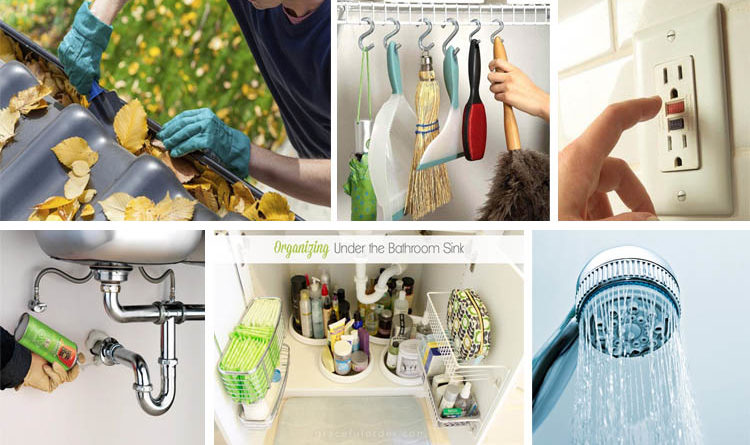20 Things Every Homeowner Must Know to Save Money and Prevent Big Screw-Ups
For today we have a great article for you “25 Things Every Homeowner Must Know to Save Money and Prevent Big Screw-Ups”.
The first and most important tip is to educate yourself concerning common and easy to fix household kerfuffles. Doing so will save you the cash expenditure of having the service tech out merely to flip a switch or turn a knob. No one wants to spend $35 to have the electrician press the GFCI button. Knowing your home just a little bit better can make a big difference in your household budget and make you more comfortable to boot.
This list covers everything from how to save on electricity to how to make it easier to find the light switch in the dark. Read these and other tips at the link below and see which easy projects you can start and have finished today.
Save Hundreds Simply
1. Press the Reset Button on GFCIs Sometimes all the bathroom outlets or several exterior lights are powered through a single GFCI (the red button in the middle of some outlets) located in one bathroom or elsewhere, such as in a basement. If there’s an outage, push the reset button on the GFCI, and you could be back in business.
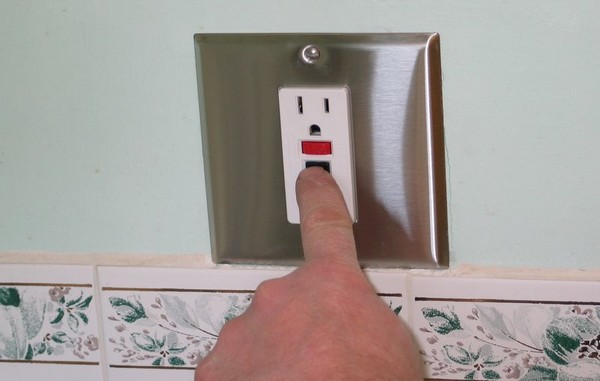
2.Test the Outlet If any electronic item suddenly won’t turn on, don’t immediately assume it’s broken. Plug in a clock or lamp to make sure the outlet works.
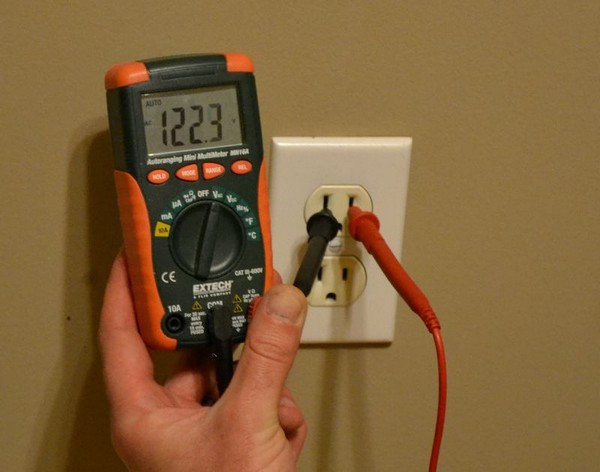
3.Check a Warm Fridge’s Temperature Dial Make sure it hasn’t been turned way down. Kids may have messed with it, or someone might have bumped the knob. Also, make sure that food containers don’t block the fridge and freezer compartments’ vents—they supply the flow of frigid air.
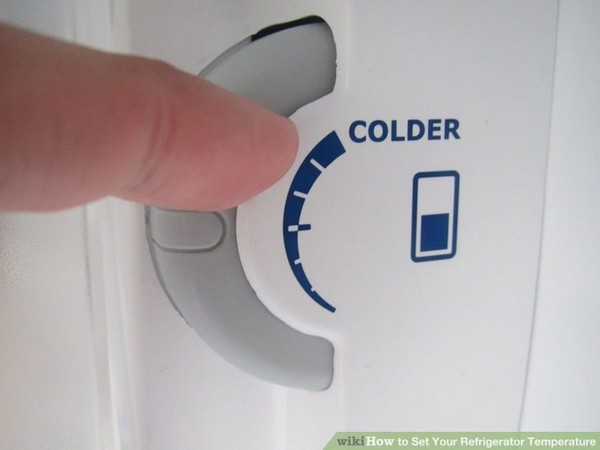
Cut Your Utility Bills
4. Get a Low-Flow Showerhead
Showerheads are the second-heaviest water users—and also major energy eaters since 70 percent of the water used are heated. By reducing hot-water consumption, a low-flow unit can pay for itself in just one month. And you don’t have to settle for subpar water pressure. Many of today’s water-efficient showerheads use new technology to provide a high-flow feel.
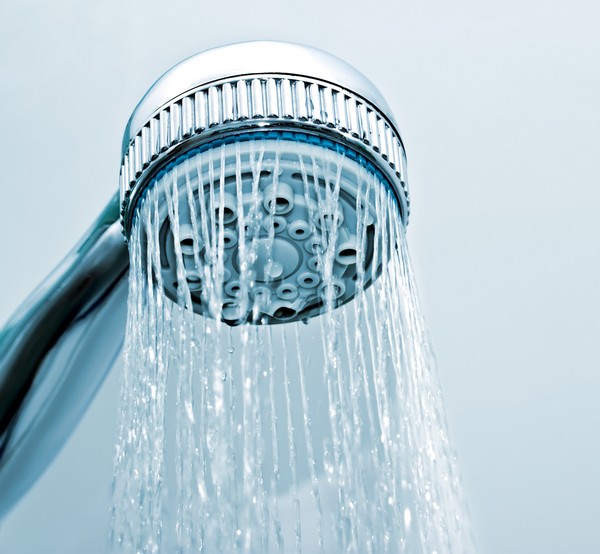
5.Fill Gaps Under Sinks Pull back the escutcheons (metal plates) where pipes enter exterior walls, and you may see gaps around the pipes. Use expanding foam to seal those gaps. Shake the can vigorously, then squirt the foam around the pipes inside the wall. Don’t completely fill the gaps—the foam will expand.
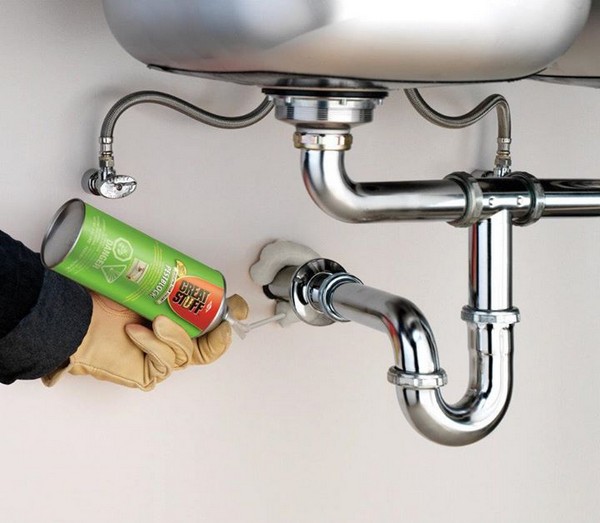
6.Stop Leaks Under Doors
If you can feel a breeze or see daylight under your exterior doors, that’s bad news. The good news is that most thresholds adjust up or down with just a few twists of a screw. Turn all the screws until the door opens and closes without much drag and any draft is eliminated.
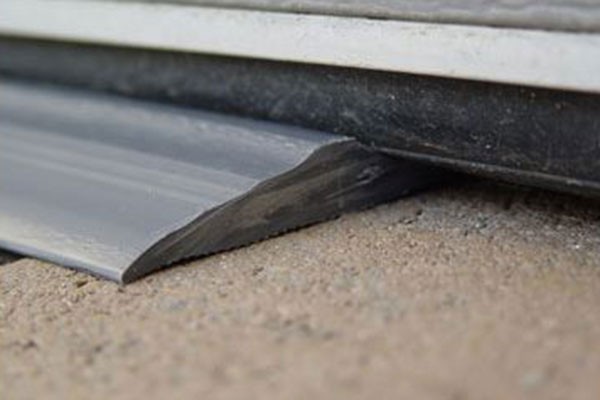
7.Seal Electrical Boxes
These can be major sources of heat loss; foam gaskets can help. They’re quick to install: Simply take off the box’s cover plate, stick the gasket over the box, and then screw the plate back on.
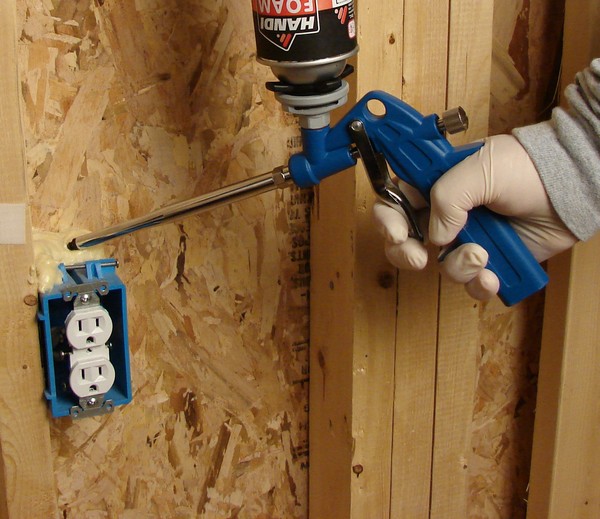
Save Hassle—Use These Tricks
8. Easily inspect your gutters
You don’t need a ladder to find out if they need cleaning. Attach a hand mirror to the end of a long PVC pipe (available at home-improvement and hardware stores) that you’ve cut at a 60-degree angle so the mirror will reflect the inside of the gutter.
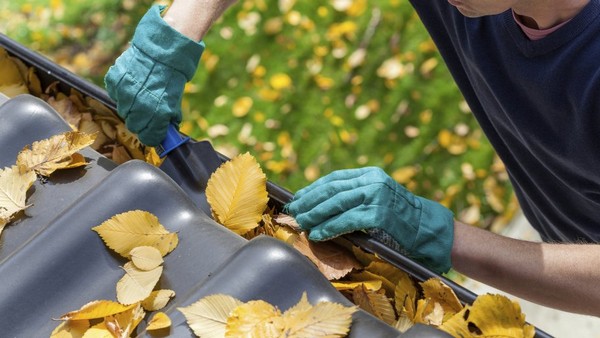
9. Stash TV remotes under an end table
Adhesive-backed hook-and-loop strips (like Velcro) let you stick remote controls under a coffee or end table. They’ll be handy when you need them but won’t clutter tabletops.

10. Use a washcloth for wall paint touch-ups
No need to mess up a brush. Just dip an old washcloth in the paint, dab the spot, and throw away the cloth when you’re done. A washcloth leaves the same texture as a paint roller, so your repair will blend nicely.
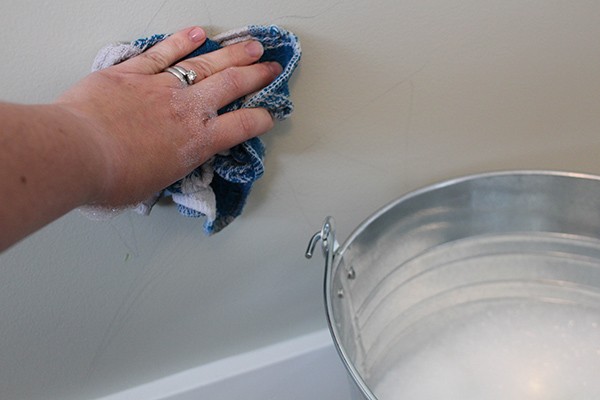
Try Some Crafty, Brilliant Storage Solutions
11.Measuring cup hang-up
Screw a couple of mounts inside a cabinet door and add some hooks, and you’ve got a perfect roost for measuring cups. Just make sure your cups won’t bump into the shelves.
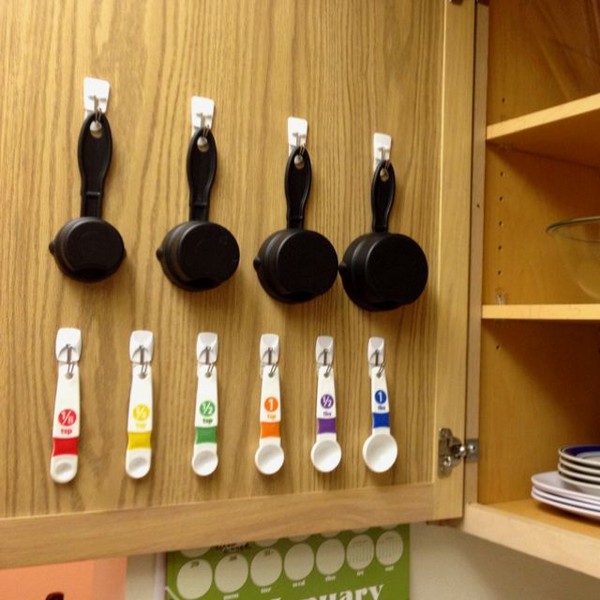
12. Junk drawer in a bag
Instead of wasting precious kitchen drawer space, use heavy-duty zip-top bags for miscellaneous junk (then stash them in a closet or the garage instead). The bags let you instantly find just the thing you’re looking for.
13. Under-sink archives
Don’t file away the manuals and spare parts that came with your kitchen and bath fixtures. Instead, put them right where you’ll need them by sealing in zipping lock bags and hanging them on hooks on the back walls of cabinets.
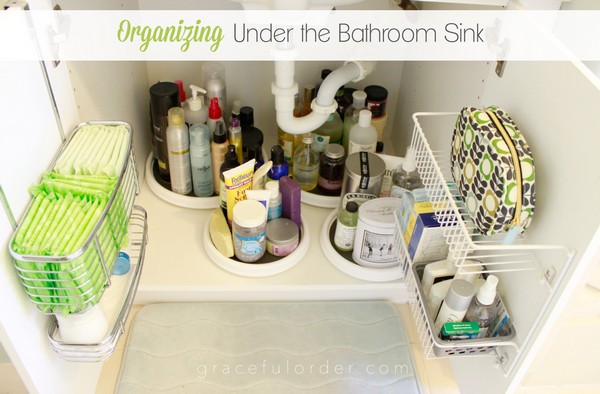
14. S-hook cleaning rack
Pick up a pack of S-hooks at a home center, and turn wire shelving into a rack for cleaning gear.
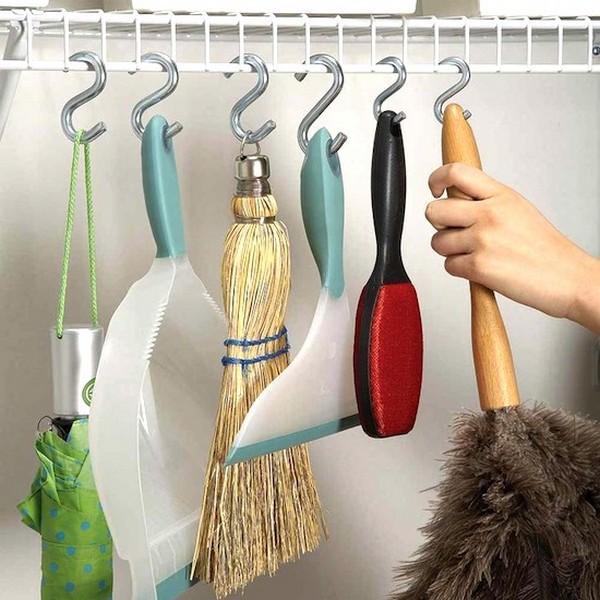
Spot Subtle Signs of Serious Trouble
15. A puddle near the water heater could become a lake
Water heaters sometimes leak from the drain or relief valves, which are easy to replace. But if a leak is coming from the tank, watch out. The tank is lined with a thin coat of glass. Over the years, that glass could crack, causing the steel to rust away and a puddle to appear. Left alone, a damaged tank will eventually rupture, causing an instant flood. It might take months or only days for a leak to become a flood—but it will happen. Don’t gamble; replace that time bomb now.
16. A circuit breaker that keeps tripping could indicate a short-circuited wire
Take a load off the circuit by plugging appliances into outlets on other circuits. Items that draw a lot of power are usually the overload culprits (space heaters, window-unit air conditioners, etc.). If you can’t prevent breaker trips this way, you may have a more serious problem. Call an electrician.
17. Softwood could spell termites
The critters can feed in a house for years undetected because they often eat wood from the inside and leave the outside intact. Check accessible wood in a crawl space or an unfinished basement for damage. Stab it firmly with a screwdriver every six inches to check for a spongy texture.
Know When It Pays
18. Should you file a claim with your insurance company?
Don’t file if it’s worth less than $1,000 over your deductible. Paying for a smaller loss yourself will almost always cost less than the premium increases you’ll face later.
19. Will new windows help cut heating costs?
Replacing your old leaders will lower your heating bills. But in most homes, the energy savings alone won’t justify the high up-front costs. Other factors—draft stopping, appearance, easy operation—are usually better reasons to swap windows.
20. Is new insulation a good investment?
It can be—or it can be an expensive mistake. First, contact your utility company about an energy audit. It can recommend an auditor and may pay part of the cost. (Audits take two to three hours and cost $250 to $400.) The auditor will visit your home, perform some tests, and give advice on saving energy, including replacing insulation if needed.


